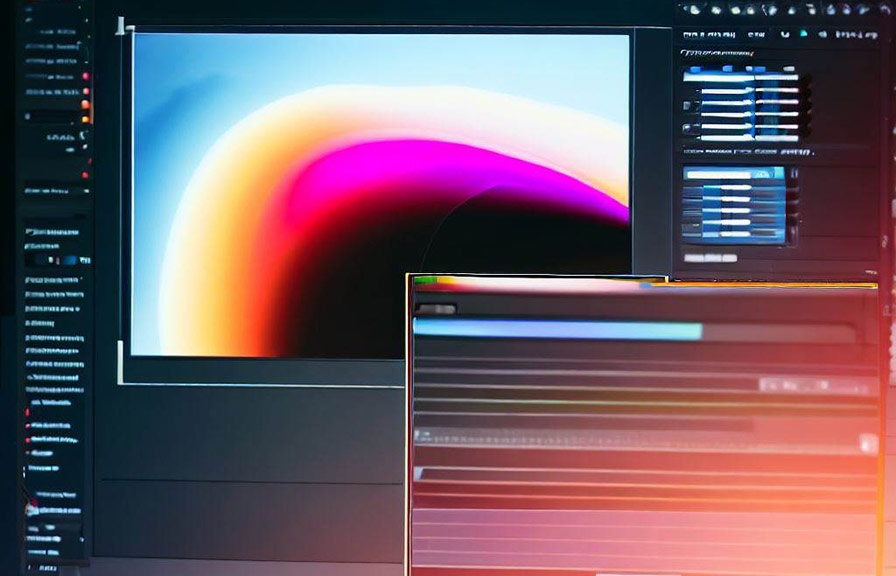In the world of photography and image editing, achieving the perfect color balance can make or break your final product. photo color correction is essential for creating stunning visuals with accurate, vibrant colors. this article will take you through the ins and outs of photo color correction, color grading photography, and
How to make your images stand out.

Understanding photo color correction
Photo color correction is the process of adjusting an image's colors and tones to achieve a more accurate and visually pleasing representation. in most cases, it involves adjusting the white balance, contrast, and saturation to correct any inconsistencies or imbalances.
This process is crucial for photographers and editors to ensure that their images convey the desired mood and atmosphere.
The importance of color grading photography
Color grading photos is an essential step in the image editing process. it involves manipulating the colors of an image to create a specific look or feel. color grading can help bring out the best in your photos by enhancing the image's overall aesthetic and making it more visually appealing.
When done correctly, color grading can transform a dull, flat image into a vibrant and dynamic work of art.
Steps to achieve image color correction
1. Calibrate your monitor: before you start editing your images, make sure your monitor is calibrated correctly. this step ensures that the colors you see on your screen are accurate and consistent across different devices.
2. Adjust the white balance: one of the critical aspects of photo color correction is adjusting the white balance. this process helps neutralize any color casts, ensuring that the whites in your image appear as pure white.
Most image editing software, like adobe lightroom or photoshop, offers an automatic white balance tool to make this step easy.
3. Tweak the contrast: adjusting the contrast of your image can help bring out the details and make your image pop. you can increase or decrease the contrast to achieve the desired effect, but be careful not to overdo it, as it may result in a loss of detail
In the shadows and highlights.
4. Enhance the saturation: saturation refers to the intensity of colors in your image. adjusting the saturation can make your colors more vibrant and lively, or more subdued and muted, depending on your desired effect.
It's essential to strike the right balance between oversaturation and undersaturation to achieve a natural and visually pleasing result.
5. Fine-tune the colors: once you've adjusted the overall color balance, you can fine-tune specific colors in your image using the hsl (hue, saturation, and luminance) panel in your editing software. this panel allows you to adjust the hue, saturation, and luminance of individual colors, giving you complete control
Over the final look of your image.
Tips for color correct images
- shoot in raw format: to get the most out of your photo color correction efforts, shoot your images in raw format. raw files contain more color information than jpegs, allowing you to make more precise adjustments during the editing process.
- use color grading presets: many image editing software programs offer color grading presets that can help you achieve a specific look or mood with a single click. experiment with these presets to find the perfect fit for your image.
- pay attention to skin tones: when color grading photos, be mindful of skin tones. the goal is to achieve a natural, healthy-looking skin tone that complements the rest of the colors in your image.
- practice, practice, practice: mastering photo color correction and color grading photography takes time and practice. the more you work with different images, the better you'll become at recognizing and correcting color imbalances.
Conclusion
Color is an essential aspect of photography, and learninghow to balance and enhance the colors in your images is critical for creating eye-catching visuals. by understanding the concepts of photo color correction and color grading photography, and following the steps and tips outlined in this article, you'll be well on
Your way to producing stunning images that truly stand out. remember that practice makes perfect, so keep experimenting and refining your skills to elevate your photography to new heights.
